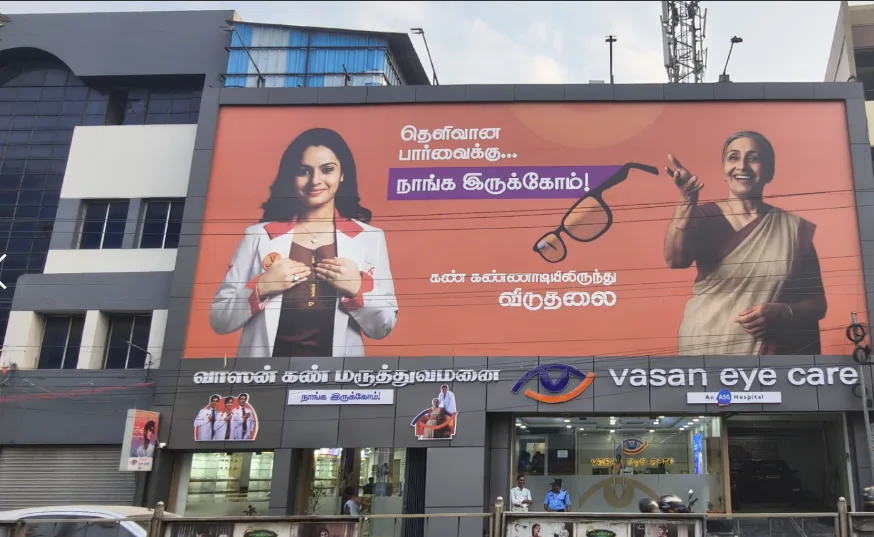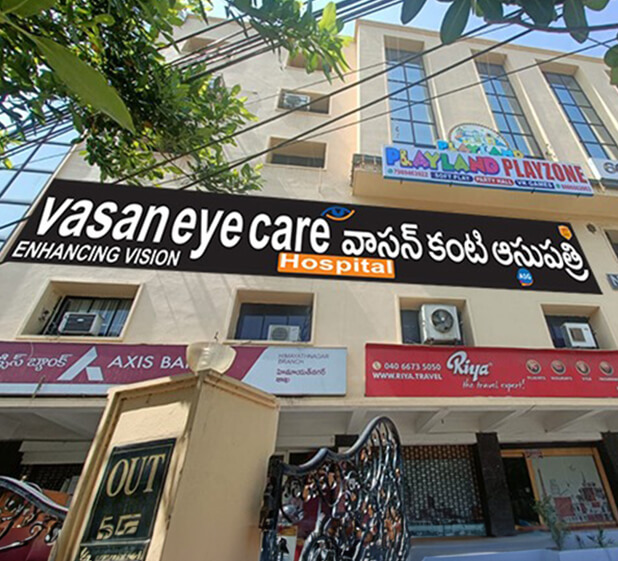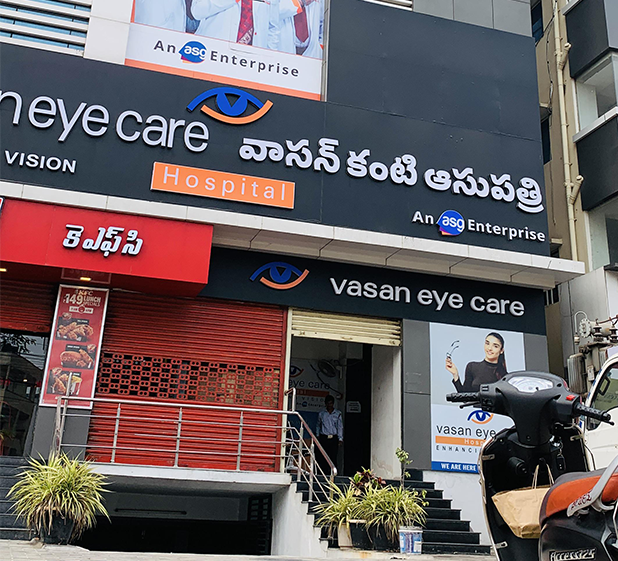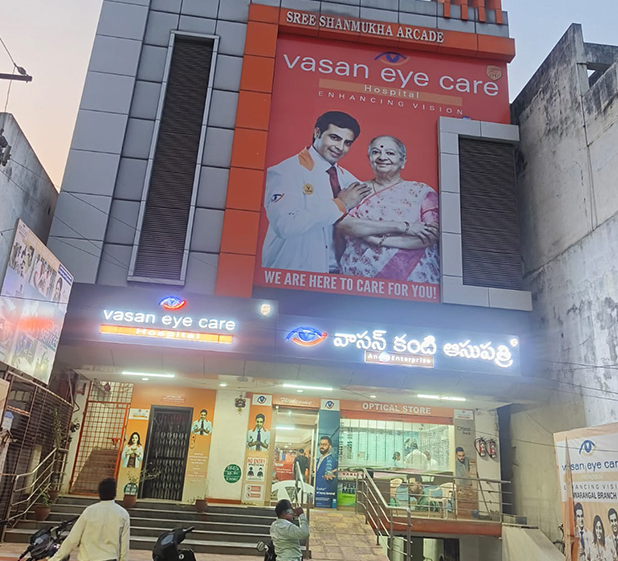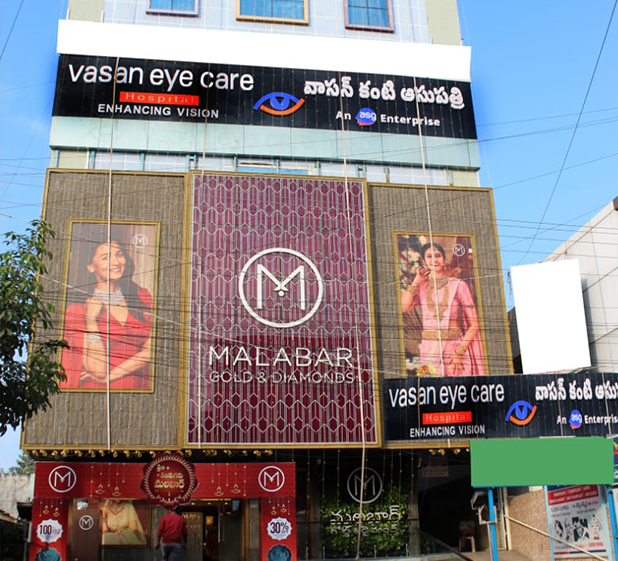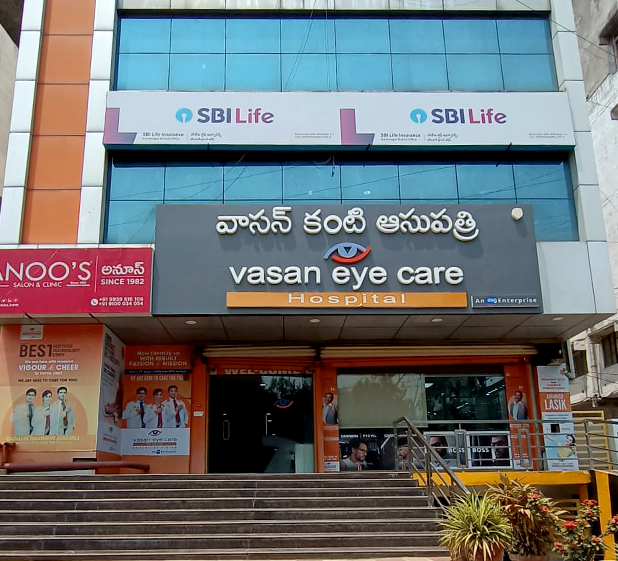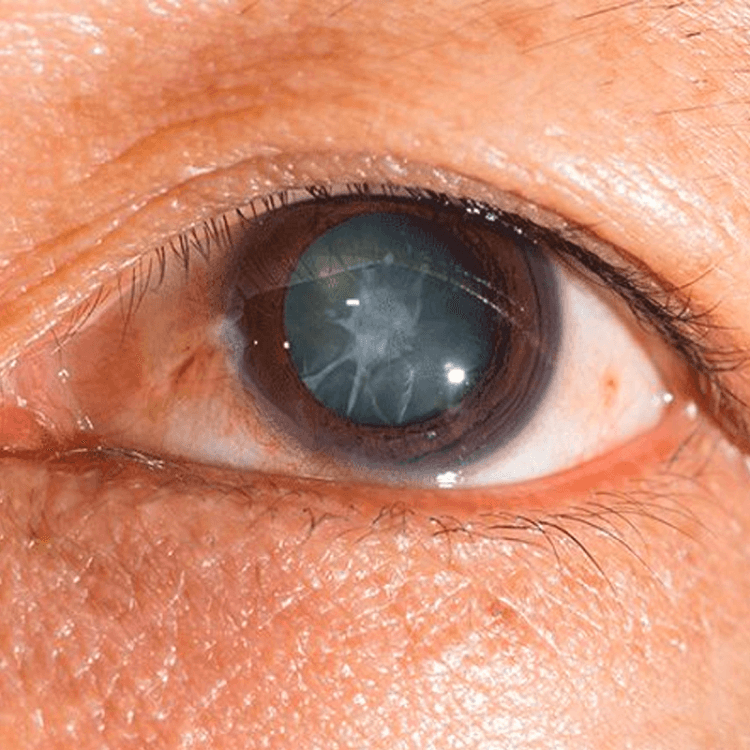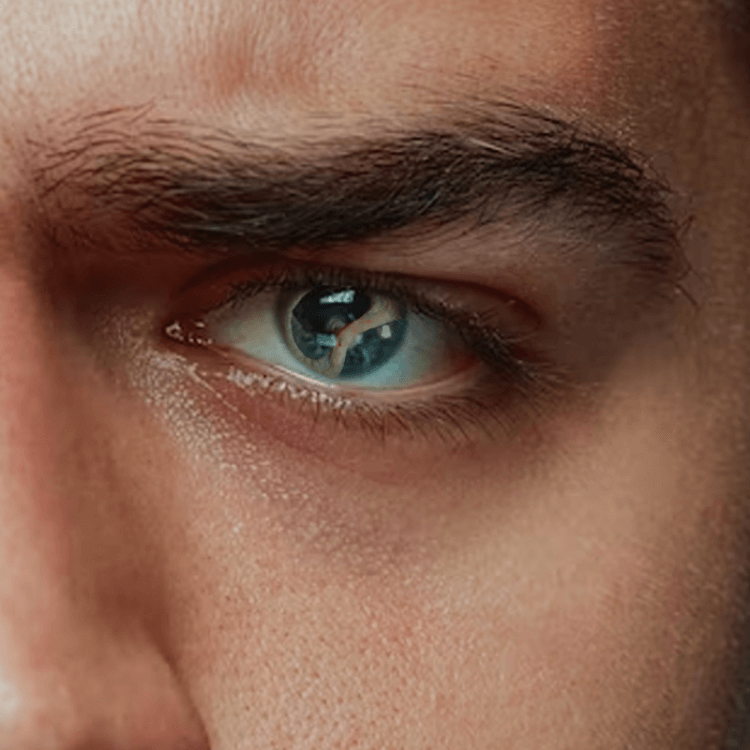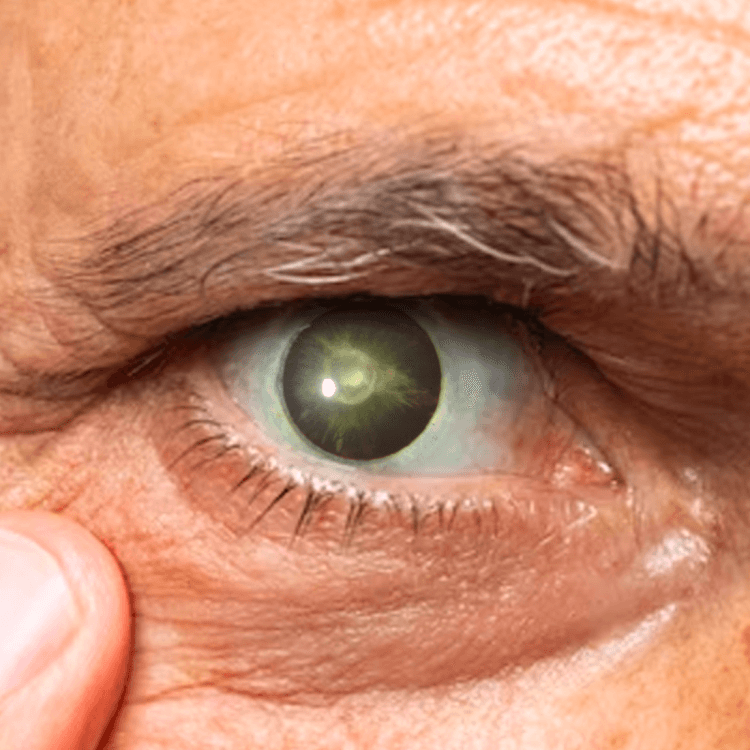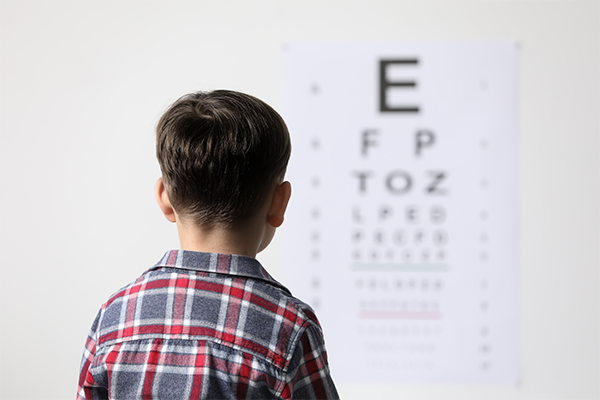
Cataracts
What are Cataracts?
Cataracts occur when the eye’s natural lens becomes cloudy, causing vision to blur like looking through a foggy or dusty car windshield. This occurs due to the breakdown of proteins in the lens eventually leading to blindness over time.
It mostly occurs with age, but can also happen because of eye injuries, diabetes, use of corticosteroids or exposure to ultraviolet light.
Symptoms
Symptoms to look out for


Being extra sensitive to light (especially with oncoming headlights at night)

Double vision

Bright colours appear faded

Growing sensitivity to sunlight & bright lights
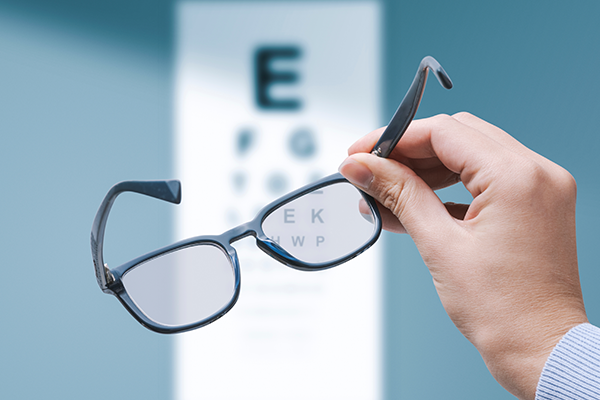
Frequent changes in the power of glasses
Risk Factors
Who is at risk of getting Cataracts
Ageing is the most common cause. People above the age of 60 usually start getting some clouding of vision.
Other causes may include
Treatments Available
Here’s how our experts treat Cataracts
At Vasan, we have multiple treatment options available for everyone. Our experts study your case thoroughly to help you with choosing the right one.
Phacoemulsification
This Cataract surgery involves using ultrasound energy to break up the cloudy lens into small pieces, which are then removed from the eye with suction using a small incision (2.2 mm-2.5mm). The incision is self-sealing and does not require any stitches.
Extracapsular Cataract Extraction (ECCE)
In the traditional method, the surgeon removes the entire lens in one piece followed by multiple stitches.
Micro-Incision Cataract Surgery With Foldable Lens Implantation
A significant advancement over traditional methods. Using phacoemulsification through a micro-incision (1.8 mm incision), a foldable lens is inserted into the eye, leading to improved outcomes.
Intraocular Lens Options
• Monofocal IOL: Offers clear vision at one focal length, usually for distant vision, with a potential need for reading glasses.
• Multifocal IOL: Provides clear vision at distance and near, minimising reliance on glasses post-surgery.
• Enhancing Depth of Focus EDOF: These lenses differ from monofocal lenses by creating a single elongated focal point, rather than single foci which gives patients more intermediate range than a monofocal lens
• Toric IOL: Corrects astigmatism along with cataract.
• Accommodating IOL: Emulates the natural lenses capacity to adjust focus for both near and far distances.
Laser Cataract Surgery
This surgery involves using advanced technology to enhance precision and efficiency. A femtosecond laser creates precise incisions, breaks up the cloudy lens, and aids in its removal, resulting in improved accuracy, quicker recovery, and better visual outcomes for patients.
FAQs
Cataracts often result from ageing or injury altering the lens tissue, leading to the breakdown of proteins and fibres, resulting in cloudy vision.
Cataract surgery is the only method to remove cloudy lenses and restore clear vision. This procedure involves replacing the clouded natural lens with an intraocular lens (IOL), which remains permanently in the eye.
Untreated cataracts worsen over time, leading to vision impairment. Delaying treatment increases the risk of hyper-maturity, making surgery more complicated. If you notice these symptoms, consult an ophthalmologist promptly for safe and effective treatment.
Adopting a healthy lifestyle and diet may help, along with avoiding medications and prolonged UV exposure. Wear UV-protective sunglasses, even on cloudy days, to reduce the risk of cataract growth.
It’s recommended when cataracts start affecting your daily activities, causing blurred vision, glare, or difficulty with tasks and hobbies.
Phaco assisted Cataract surgery leads to quicker recovery and improved visual results for patients. You may have to use eye drops after surgery. Be sure to follow your doctor’s directions for using these drops. Avoid getting soap or water directly in the eye.
The need for glasses depends on the type of IOL (artificial replacement lens called Intraocular lens) chosen. Discuss your options with your eye surgeon to select the best fit for you.
Other Diseases
Know more about other Eye Diseases
Rosette Cataract
Rosette Cataract is a form of traumatic cataract caused by either blunt force trauma or penetrating eye injury.
Traumatic Cataract
Traumatic Cataract is the clouding of the lens due to eye trauma, either blunt or penetrative, which damages the lens fibres.
Posterior Subcapsular Cataract
Posterior Subcapsular is a type of cataract that begins as a small spot near the back of the lens and causes glare and halos around lights at night.

